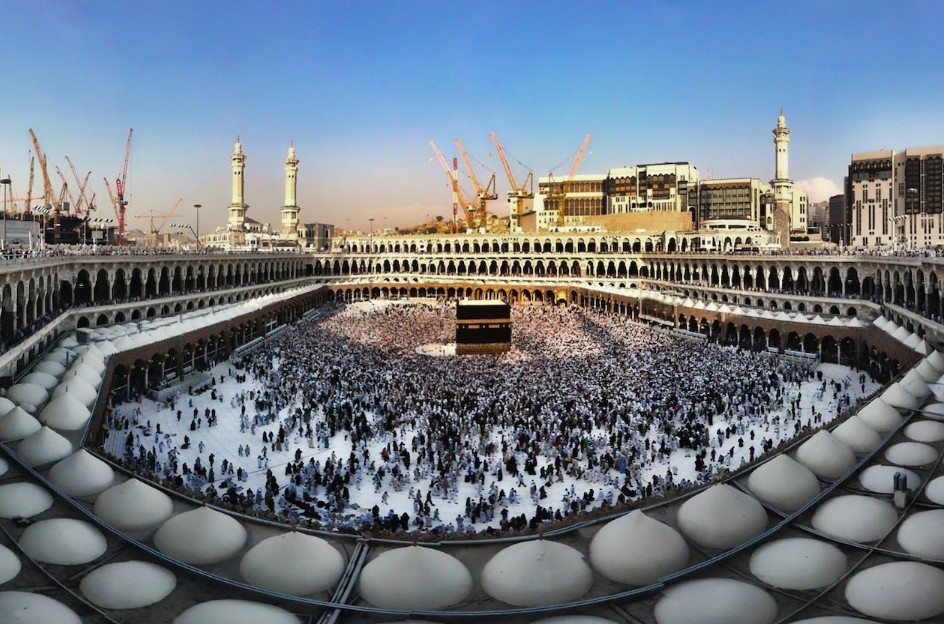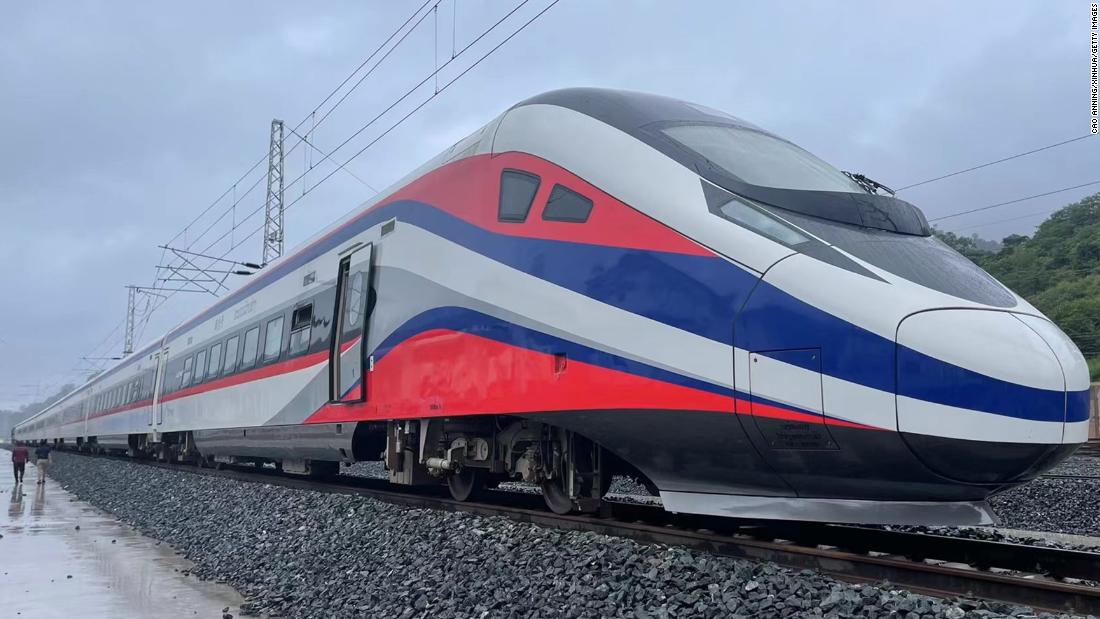
Introduction: Why Makkah Travel Feels So Different
I’ll be honest, planning a trip to Makkah isn’t like booking a vacation to Bali or Paris. It’s not just about flights, hotels, and sightseeing—it’s about preparing your heart, your mind, and yes, even your patience. The first time I booked my Umrah trip, I thought it would be like any other travel planning. Big mistake. I forgot one small detail (a transit visa!) and nearly missed my connection in Dubai. That’s when I realized: Makkah travel and tours require a very different mindset.
This article is not going to be a stiff, formal guide. Instead, I’ll share my experiences—what worked, what didn’t, the blunders I made (like packing three pairs of heavy shoes… don’t do that), and the little hacks that made my trip smoother. Hopefully, it helps you prepare for your own journey to Makkah, whether it’s for Umrah or Hajj.
-
Choosing Between Umrah and Hajj Packages
When people say Makkah tours, they usually mean two things: Hajj or Umrah. And let me tell you, the difference isn’t just in timing—it’s in cost, preparation, and energy levels.
For example, my first trip was Umrah, which can be done any time of year. The package cost me around $1,500 from Southeast Asia, including flights, 4-star hotel, and group transport. On the other hand, my cousin went for Hajj, and his total bill was nearly $6,000 because it’s seasonal, heavily regulated, and demand skyrockets.
Lesson learned: Decide early. If you’re aiming for Hajj, you need to register sometimes a year or two in advance through authorized agents. With Umrah, you have more flexibility.
-
Picking the Right Travel Agency (Don’t Skip This Step)
I once booked with a “cheap” tour operator who promised luxury buses and 5-star hotels near the Haram. Guess what? The bus had no air conditioning, and the hotel was a 20-minute walk away in 40°C heat.
Here’s how I now vet agencies:
- Check if they’re licensed by the Saudi Ministry of Hajj and Umrah. If not, run.
- Ask about hotel distance in minutes, not just “near Haram.” Five minutes could mean across the street, or it could mean a 2 km walk uphill.
- Compare group size. Smaller groups usually get more attention and better logistics.
- Look for package transparency. Hidden fees are common—airport transfers, meals, even visa processing can be extra.
-
Best Time to Visit Makkah (Weather & Crowds Matter)
Timing can make or break your trip. I once went in July for Umrah—big mistake. The heat was relentless, with temperatures touching 45°C. By the time I reached the Kaaba for Tawaf, I was drenched in sweat and running low on energy.
If you can, plan your Umrah in December to February. The weather is mild (around 20–25°C), and your body won’t feel as drained. For Hajj, of course, you don’t get a choice—the Islamic calendar decides for you.
-
The Flight Experience: Layovers and Jet Lag
Flying to Jeddah or Madinah can be an adventure in itself. My first trip had a 12-hour layover in Doha, and I didn’t think to book a transit hotel. Worst night’s sleep ever, curled up on plastic chairs.
Pro tip: If you’re traveling long-haul, always book a layover hotel or choose a package with direct flights if your budget allows. And try to adjust your sleep schedule before departure—you’ll thank yourself later when you arrive in Saudi Arabia with enough energy for prayers and rituals.
-
Packing for Makkah: What I Regret and What I Loved
Oh boy, packing for Makkah taught me a lot. The first time, I overpacked—heavy jeans, multiple coats, and way too many shoes. I ended up wearing the same 2 light outfits over and over because they were comfortable.
Here’s what’s actually useful:
- Light, breathable clothing. Cotton or linen works best.
- A small backpack. Essential for carrying water, prayer mats, and snacks during long days.
- Comfortable sandals or slippers. You’ll walk miles every day. Don’t bring new shoes—break them in first.
- Portable fan or cooling towel. A lifesaver in the heat.
- Medication. Painkillers, rehydration salts, and anything you might need—pharmacies are there, but crowded.
What I regret bringing: heavy winter jackets, big camera (my phone was enough), and way too many toiletries.
-
Hotels in Makkah: Location Beats Luxury
Hotels in Makkah are a whole world on their own. I once stayed in a 3-star hotel 1.5 km from Masjid al-Haram, and trust me, that “short” walk felt endless after a full day of rituals. On another trip, I splurged on a hotel directly facing the Haram—it was pricier, but the convenience was priceless.
Lesson: If your budget allows, pick a hotel within 500 meters of the Haram. You’ll save time, energy, and your feet.
-
Food in Makkah: Don’t Expect Home Cooking
Food can be tricky. I once ordered biryani expecting a spicy kick, but it was bland compared to what I’m used to. And don’t even get me started on overpriced coffee near the Haram.
But here’s the good part—there are endless options. From shawarma stands to international chains like KFC and Al Baik (Saudi Arabia’s fried chicken legend), you’ll never go hungry. My personal favorite? Fresh dates and laban (a yogurt drink) after long prayers.
-
Transportation Around Makkah
Transport can test your patience. During peak times, like after Jummah, it took me 45 minutes just to get a taxi.
Tips from trial and error:
- Use group buses provided by your agency. They’re not always comfy, but they’re reliable.
- If you’re solo, download ride-hailing apps like Careem or Uber. Much smoother than bargaining with taxis.
- Walk when you can. It’s often faster than sitting in traffic.
-
Spiritual Preparation (More Important Than Packing)
This might sound obvious, but the first time I went, I was so focused on logistics that I neglected my spiritual preparation. I memorized the duas last minute, and I felt lost during Tawaf.
What helped me later:
- Read guidebooks on Umrah and Hajj rituals. Even a small pocket book is handy.
- Watch YouTube walkthroughs. Visualizing the steps beforehand gave me confidence.
- Set spiritual goals. Whether it’s finishing the Qur’an or improving salah, it makes the journey more meaningful.
-
Dealing with Crowds (Patience, My Friend)
If you’re not a fan of crowds, brace yourself. Makkah during peak season feels like the world’s busiest train station. I remember once being so frustrated during Tawaf because people kept bumping into me. But then I reminded myself: everyone’s here for the same purpose. That shift in mindset calmed me down instantly.
Best tip? Don’t rush. Go at your own pace, and accept that being jostled is part of the experience.
-
Women Traveling to Makkah
I traveled once with my sister, and we noticed women often face unique challenges. Prayer spaces get crowded quickly, and sometimes group tours don’t cater well to women’s needs.
My sister’s advice:
- Pack an abaya that’s lightweight but not see-through.
- Bring safety pins and extra hijabs. You’ll thank yourself later.
- Join women’s study circles in the Haram. They’re welcoming and very helpful.
-
Money Matters in Makkah
Here’s the thing—currency exchange in Makkah can be expensive if you don’t plan ahead. I once exchanged at the airport and lost a chunk of money in fees.
Now I do this instead:
- Exchange half your money before traveling.
- Use ATMs in Saudi—they usually give decent rates.
- Carry small bills for tips. Porters, drivers, and service staff often expect a little something.
-
Health Tips for Makkah Travel
On my first trip, I caught a nasty cold because I didn’t wear a mask in crowded areas. Now, I always bring a box of disposable masks and hand sanitizer.
Other must-dos:
- Drink plenty of water. Dehydration sneaks up fast.
- Avoid eating too heavy before Tawaf—it can make you feel dizzy.
- Rest when you need to. Don’t push yourself too hard.
-
Shopping in Makkah: Souvenirs and What’s Worth It
I’ll admit, I went a little overboard the first time. I bought giant prayer rugs, liters of Zamzam water, and more dates than I could carry. Customs was not happy.
Now I keep it simple:
- Tasbeeh beads, small Qur’ans, and dates make perfect gifts.
- Perfume oils (attar) are popular and lightweight.
- Skip the oversized rugs unless you want extra luggage fees.
-
My Biggest Mistakes in Makkah Travel
- Overpacking (seriously, don’t bring heavy clothes).
- Ignoring health (I got dehydrated fast).
- Booking with a cheap, unverified agency.
- Forgetting to adjust my sleep before the trip.
Each mistake taught me something that made the next trip smoother.
-
Final Thoughts: Makkah Changes You
Traveling to Makkah isn’t just another trip. It’s emotional, challenging, and sometimes overwhelming. But it’s also deeply rewarding. Each time I’ve gone, I’ve come back with more patience, humility, and gratitude.
If you’re planning your first journey, don’t stress about being perfect. Just prepare as best as you can—logistically and spiritually—and leave room for the unexpected. Because trust me, in Makkah, the unexpected is often where the most beautiful memories are made.
SEO-Optimized FAQ
Q1: How much does it cost to travel to Makkah for Umrah?
Umrah packages usually range from $1,200 to $2,500 depending on the season, hotel location, and flight routes.
Q2: Can I travel to Makkah without a tour agency?
Technically yes, but it’s strongly recommended to go through an authorized agency because of visa, accommodation, and transport arrangements.
Q3: What is the best time to visit Makkah?
For Umrah, December to February offers the best weather. Hajj dates are fixed by the Islamic calendar.
Q4: How far are most hotels from Masjid al-Haram?
It varies—some are across the street, others are 2 km away. Always check walking distance in minutes.
Q5: What should I pack for Makkah?
Light clothing, comfortable sandals, a small backpack, medications, and a portable fan. Avoid heavy or unnecessary items.



